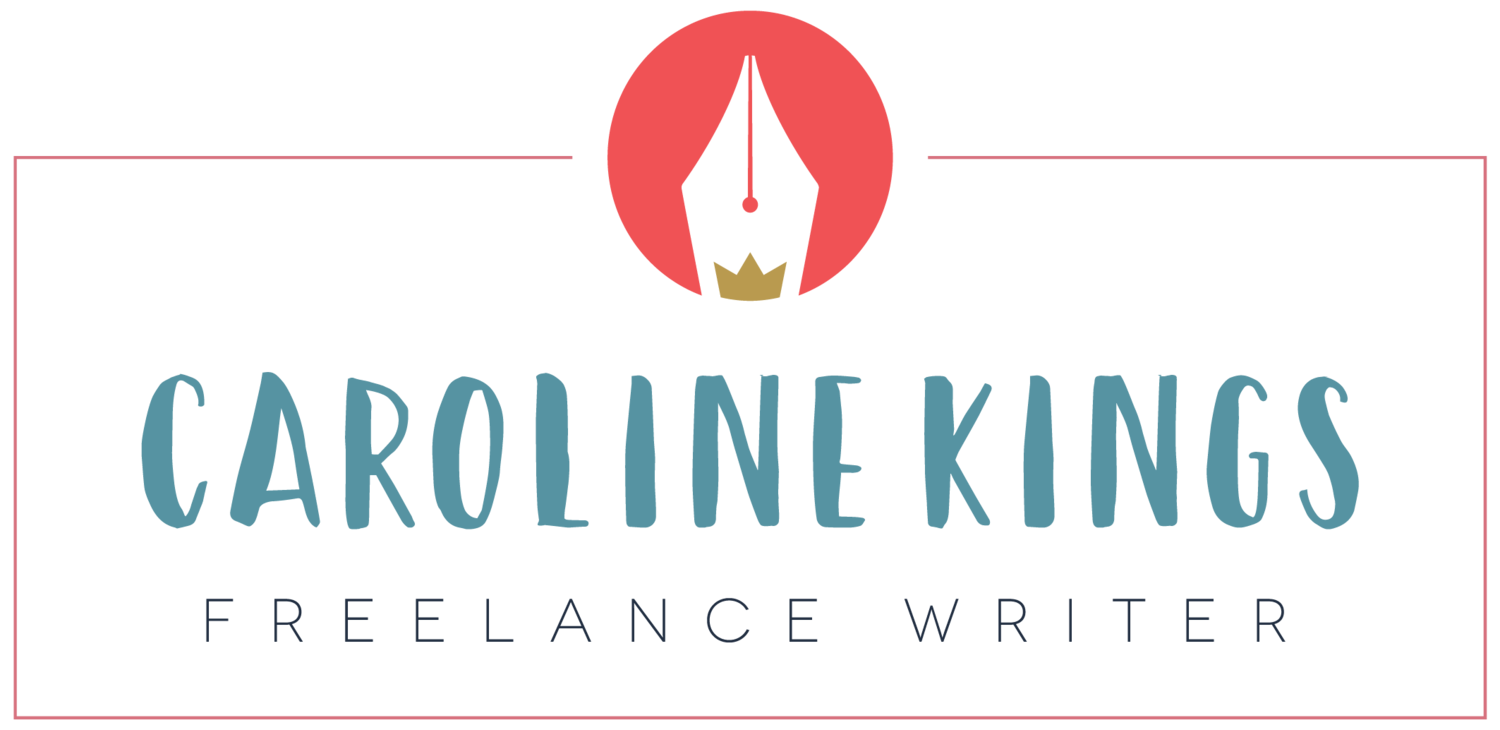Tips on how to check your written work
Do you remember when people told you to check over your work or read through your essay again looking for errors? We didn’t like doing it then and many people aren’t big fans of doing it now, which is where I can step in! I love a bit of proofreading!
Why does it matter, we all speak fairly informally now, can’t we write as we speak? It really depends on your audience. I spoke to someone this week who said that they had received messages informing them of errors in their publication which they took positively (people weren’t just skimming through but actually reading the articles) but also knew that the errors could impact their credibility.
If you do fancy re-reading your work, at the end of this blog there are ten tips to help you make it read and sound tiptop. But if you would like to employ someone, let’s start with the different terminology.
What is a proof reader?
I have been doing a lot of proofreading of late. Some of it has been very technical and some of it much more creative. Both types of work bring their challenges and their charms but am I actually proofreading, or have I been copyediting or proof-editing? I might call it proofreading but often I’m employed at a stage a long way ahead of the traditional role of a proof reader.
Back in the day, proof readers were employed after copyediting and before mass publication. The ‘proof’ was the text that had been arranged as if it were finished – the proof that it was ready for publication. The proof reader was the final checker, going through the text with a fine-tooth comb to remove any errors that the copyeditor had missed but at the same time, unable to make drastic changes as the text was at the printers about to be published … Quite tricky! So no paragraph rearrangements, more adding an apostrophe here or a comma there. Even small changes might have changed what fits on a page meaning all the text had to be reconfigured.
Copyeditors take the raw material and make it as close to 100% perfect as possible – this could be web copy, a book, a pamphlet, a report. They look at design too and formatting but ultimately, they are there to turn the raw material into something fit for purpose, whatever that may be.
And then finally, proof-editing is a merger of the two – making sure it flows, checking for inconsistencies and ensuring that it is 100% ready to be printed.
I have definitely been doing more proof-editing for one client in particular and although I’m not supposed to according to the role descriptions, in some cases I have been rewriting sections (and making them aware, of course). I wouldn’t do that with every client, don’t worry, but such was the working relationship, I felt comfortable doing so.
Proofreading/ Copyediting Tips and Tricks
Here are the tips and tricks I’ve learnt along the way, things that you can do to improve your own writing or help out the expert you’re employing.
1. Check for spelling errors. These are usually underlined in some way in Word and if you click on ‘Review’ and then ‘Editor’, it will show you the spellings that it doesn’t recognise, so you don’t even have to scour the document for underlined words! Go through them one by one and make the changes. (Also check that you have the right version of your language chosen e.g. UK English rather than US English.)
Do the same for punctuation. If Microsoft is suggesting something that you don’t feel comfortable using or isn’t typical of your style of language, then you can ignore it. Also, don’t start using punctuation that doesn’t feel like you. I see it a lot with the ‘;’ - semi-colon - which is tricky to use and I still refer to a grammar and punctuation book to help me decide on whether it’s in the right place or not, or required at all!
3. Page numbers – add page numbers which makes reference easier when you’re speaking to your editor or proofreader and also, very importantly, when you send over your doc, tell the recipient how many pages they should be receiving! I learnt this the hard way – I thought I was working on two pages when actually it was forty.
4. Think about consistencies: for example, if you’re talking about distance use miles or kilometres throughout (unless there’s a necessary exception) and then are you going to use kilometres or the abbreviation ‘km’? You can find these easily in your document by using the ‘Find’ function, CTRL+F, to achieve consistency. It might sound like a small point but it makes a difference to the professional look and appeal of your piece.
5. The voice of the piece. Who is your audience? Is it written in a style that suits that audience? How do you want to communicate with them? Make sure it’s not too ‘light’ if it’s a serious piece and not too serious if it’s a light piece! Perhaps it needs to be casual or colloquial for your audience and that’s ok – not everything that’s written has to be suitable for an A-Level English exam!
6. Formatting – do all your lists look the same, headings, spacing? Do footnotes match up? Make sure that the order listed in Contents is the correct order of the piece.
7. Emphasis – is your emphasis of words or phrases consistent? Putting words or phrases in bold, italics or underlining them, needs to be consistent in order to have an effect otherwise, it can seem random. You could put all your summary statements in bold for example or if you’re listing key benefits of something in a paragraph then underline them but be careful that you don’t end up underlining reams and reams ….
8. Capitals – think about the use of capitals. Does your word really deserve / require one?
9. Read it through to yourself – does it sound right? This is a great check that we’ve been told about since our school days, but we don’t always identify all the mistakes – our eyes play tricks on us or we read what we think we’ve written so …
10. Did you know that Word can read it out to you? This is a good way to find, for example, an error where you have repeated a word or where you have used a word that is wrong but that is spelled correctly so has slipped through the net! If you are in Word, go to Review and then you will see ‘Read Aloud’ (allowed and aloud are common spelling errors) and off it goes! Genius.
This list might seem onerous, but I promise that it’s not! CTRL + F helps you find a lot in Microsoft Word.
If this does sound like too much effort, then do contact me. I promise I don’t send it back to you with red pen all over it like a teacher! (Just red notes in the side bar! I can’t help that, that’s Microsoft’s choice…)
p.s. This piece in Word has proofreader highlighted as an incorrect spelling. I have checked dictionaries and with the CIEP (Chartered Institute of Editing and Proofreading, of which I am a member) and proofreader is fine as one word, confirming that sometimes, your own judgement is best.





